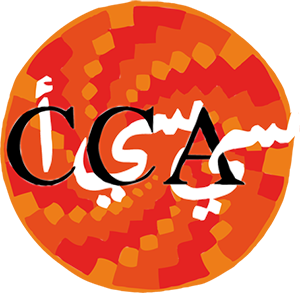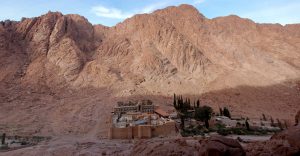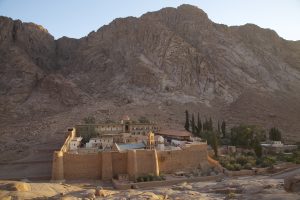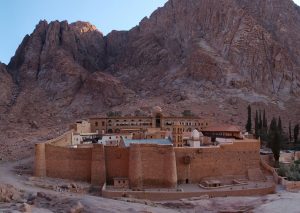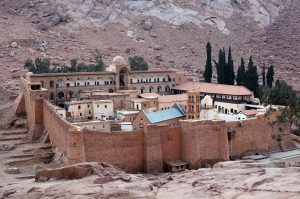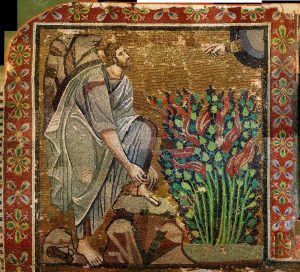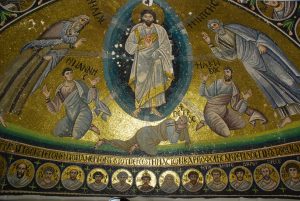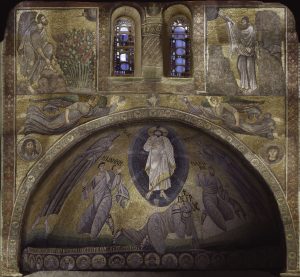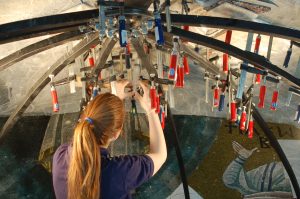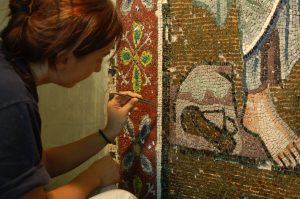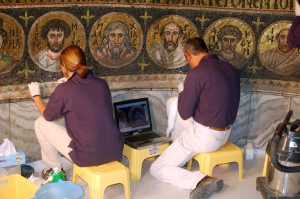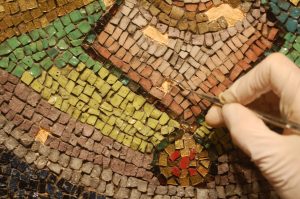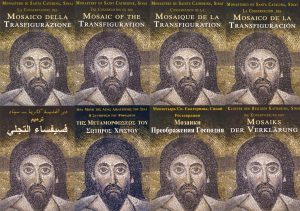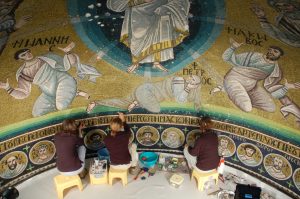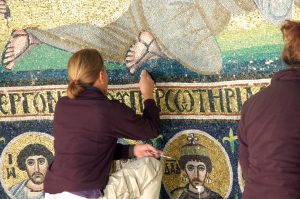Intervention – St. Catherine
After a project phase funded by the Getty Conservation Institute the conservation work started in November 2005. In five years, necessary operations were carried out to consolidate the preparatory layers and tesserae of the mosaic. Additional measures were taken to improve the legibility of the figures and the quality of their color by removing the various layers of dust and deposits on the artwork’s surface. Particular attention was paid to the analysis of the surfaces, the study of original materials and techniques, and the documentation of both current conditions and tasks performed. Initiatives for public information were developed in order to allow the dissemination of information gathered during the intervention and provide the monastery’s thousands of visitors with the opportunity to enjoy the artwork and learn more about the religious and artistic history of the church during the restoration process.
To allow the public to participate in the treatment, even without access to the scaffolding, the work was filmed non-stop, live, by four TV cameras, and the images were shown on three screens set up outside the church; a fourth screen was placed in the Archbishop’s office so that the monks could also watch the process live.
A 52-page booklet, richly illustrated in color, recounts the mosaic’s history and describes the various phases of the conservation treatment in clear, technical language. Eight versions of the booklet were printed in the languages spoken by the majority of pilgrims: Italian, French, German, Spanish, Greek, Russian, Arabic and English. The 40,000 printed copies of the texts were offered to the monastery to be sold to create a fund for ordinary maintenance of the works in the church.
The behavior of the surfaces, after the consolidation intervention, was monitored in the following five years, during which maintenance operations and further infiltrations were carried out. In 2016, at the end of this cycle of constant control it was possible to dismantle the scaffolding and return the work of art to its religious function and to full appreciation.
